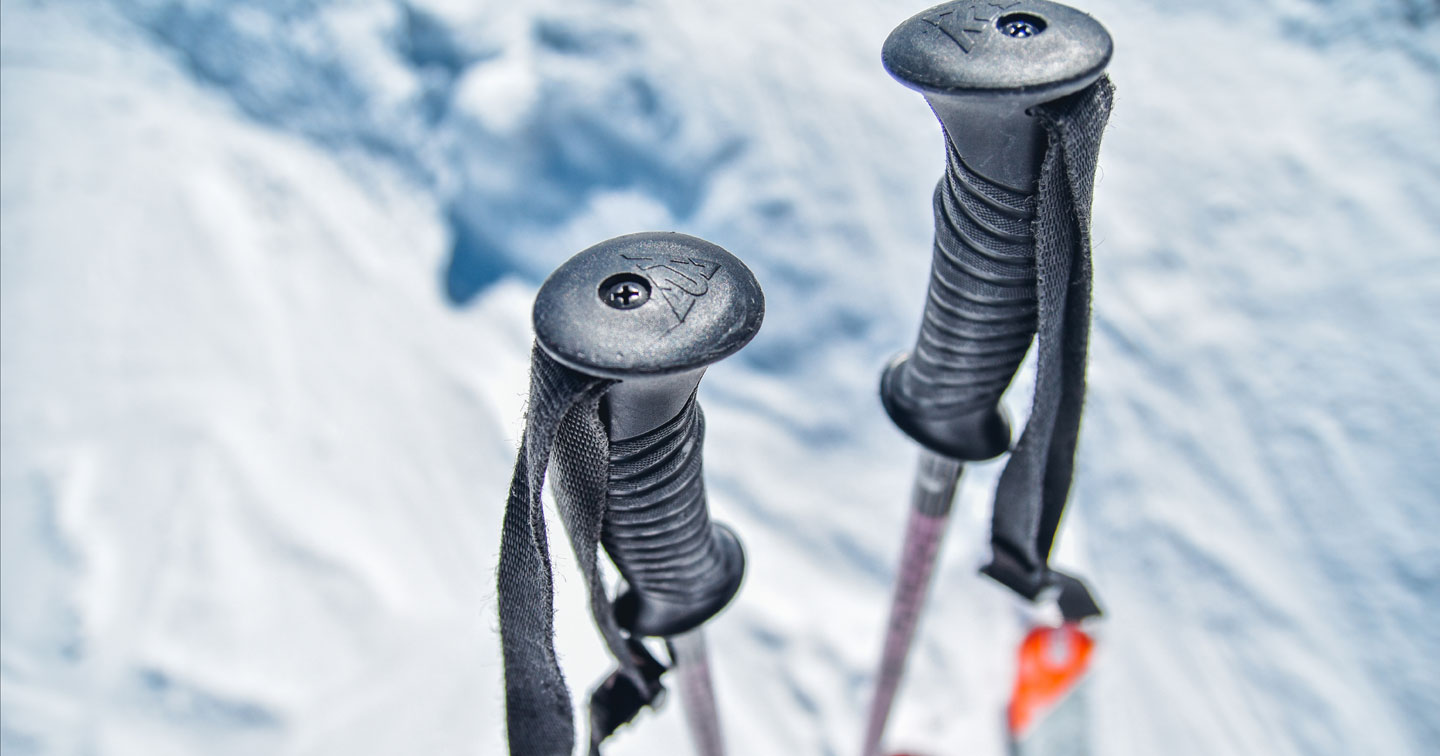Going Skiing? Read this first
Author(s): L. Craig Brown
February 13, 2019

Winter brings a variety of outdoor activities which make life in a northern climate bearable. Many of these activities come with some risk and involve the entire family. They include skiing, skating, tobogganing, tubing and, to escape from the cold, indoor waterpark activities.
Most of these activities take place on commercial properties which are organized to make a profit. They do so by charging admission for the activities offered.
There is a very broad spectrum of sophistication and competence in the operators of these facilities. At one end you find multinational ski corporations operating very highly capitalized winter sports resorts. At the other end are Ma & Pa operations or Clubs trying to make use of a slope on their property to offer tobogganing.
Those who charge admission will normally issue a ticket on which is printed a waiver limiting liability of the owner of the property. Very few people read this waiver.
In two recent cases decided by the Ontario Court of Appeal[1], injured skiers sued the ski resorts for negligence in causing or contributing to their injuries. The resorts defended the lawsuits by pointing to the waivers.
Lawyers for the claimants argued that the commercial arrangement between the claimant and the ski resort was a consumer transaction governed by the Consumer Protection Act.
Just a bit of history – this Act was updated and revised in 2002 to increase consumer safety in Ontario and improve the rights of consumers to pursue suppliers of goods and services who fell below a reasonable standard of care.
The Consumer Protection Act voids any waiver or limitation on a contract which can be defined as a consumer transaction. It also provides remedies to consumers where providers breach the “reasonably acceptable quality” standard set out in section 9(1) of the Act.
Unfortunately, this progressive consumer safety legislation collided directly with legislation designed to protect property owners from liability. The Act which incorporates those protections is called the Occupier’s Liability Act. It permits the owners of property to subject guests on their property – even paying guests – to waivers releasing the owner from any liability.
Although the Court of Appeal agreed that the two pieces of legislation were in direct conflict, it found that the more specific provisions of the Occupier’s Liability Act prevailed over the general provisions of the Consumer Protection Act. Put another way, the property owners protective legislation prevailed over the laws intended to protect consumers.
The result of this decision is to strengthen the immunity from consequences granted to providers of winter activities even in cases where there has been a clear failure to meet a reasonable standard of care or competence. Some examples where the waiver would probably bar a claim:
- A chair with safety bar down strikes skiers waiting to get on;
- A skier is run over by a grooming machine;
- A skier hits an unmarked hazard on the trail.
The practical reality is that consumers of recreational activities in Ontario can either agree to accept often unreasonable risks for themselves and their families or refrain from enjoying the activities. Resort and activity owners are relieved from any consequence for negligence and incompetence.
Consider the following before heading out to enjoy your favourite winter activity:
- Read the waivers. If they are too scary, do something else;
- Patronize businesses which adhere to recognized codes of safety and conduct; and
- Insure yourself and your family for the medical and rehabilitation costs of a traumatic injury.
[1] Schnarr v. Blue Mountain Resorts Limited and Woodhouse v. Snow Valley Resorts
Craig Brown is one of just 14 plaintiff’s personal injury lawyers in Ontario recognized as an expert in personal injury litigation in every available peer-reviewed publication – Lexpert®, The Best Lawyers™ in Canada, as a Certified Specialist in Civil Litigation (by the Law Society of Ontario) and as a partner at a Top 10 Personal Injury Law Firm in Canada (according to Canadian Lawyer Magazine).
Photo by Urban Sanden
Share this





